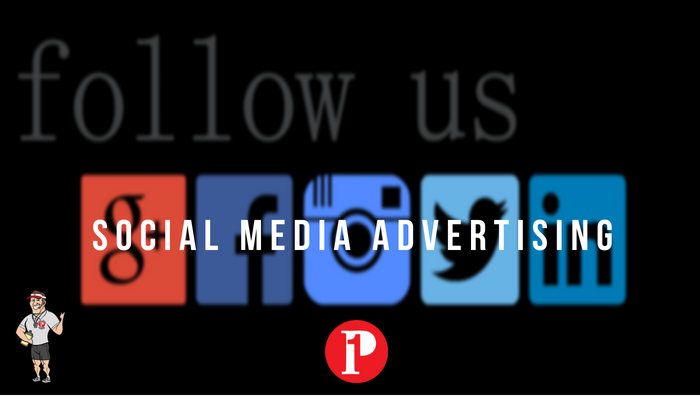
Does your organic content have the same reach it once did?
You’ve felt it.
In fact, BuzzSumo found Facebook posts from brand pages saw a 20% decline in engagement just since January. Ouch. You’ve certainly felt it.
Social has never been healthier as an advertising channel while more troubled as a media platform. How did this come to be? And what does it mean for brands?
While some may think that the two are one and the same, the paid and organic sides of social are on very different trajectories thanks to ever-evolving consumer behaviors and marketing objectives.
UP AND TO THE RIGHT
For evidence of just how valuable social has become for brands in terms of their marketing strategies, look no further than the $36 billion spent on paid social last year, with that figure climbing to $100 billion in 2021, per Forrester Research.
4C Insights’ most recent State of Social report showed growth across all of the major platforms in the third quarter of 2017 compared with the second quarter, with Facebook gaining 27 percent more advertising spend, Instagram up 55 percent, LinkedIn up 17 percent, Pinterest up 26 percent, Snapchat up 73 percent and Twitter up 26 percent.
Marketers mostly plan on increasing their use of Facebook ads (67%), Instagram ads (53%), and Facebook Messenger ads (41%). A significant 73% said they have no plans to use Pinterest ads and 81% have no plans to use Snapchat ads.
Here’s a breakdown by ad network according to Social Media Examiners 2018 Industry Report:
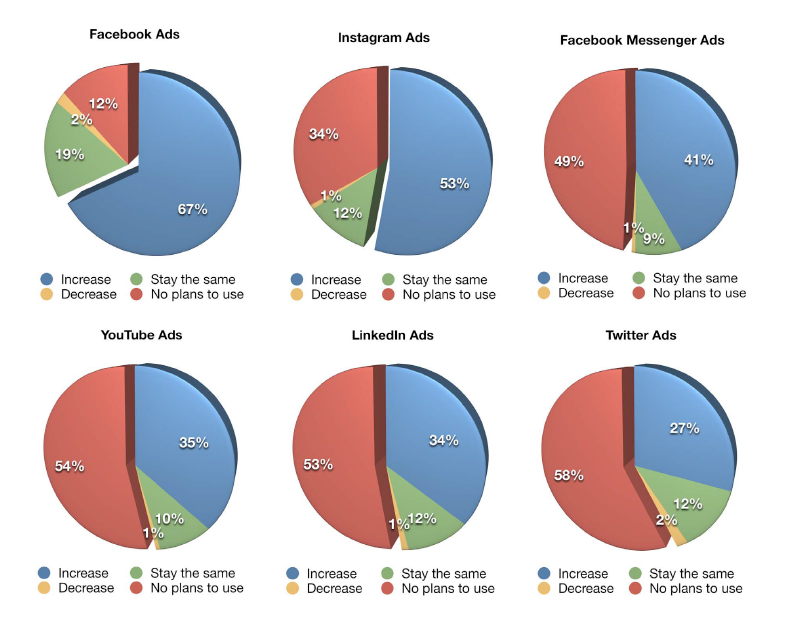
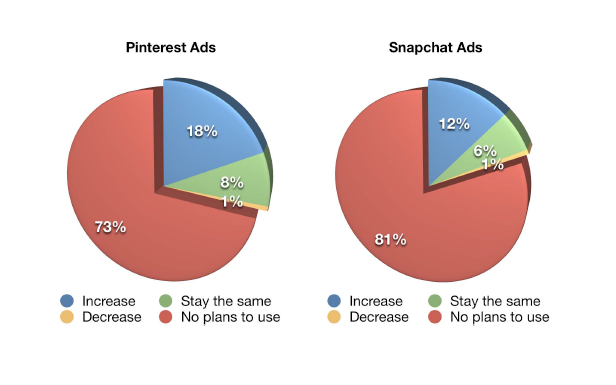
KNOW YOUR OBJECTIVES & CHOOSE THE BEST ONE
Let’s get started by asking the most important question first–what’s the goal of your social media advertising strategy? Going blindly into paid social will only cost you time and money. But nobody is saying you have to be an expert advertiser to see results.
Instead, it’s all about prioritizing your goals and choosing the best one to attack first. Every brand has a different goal.
General social media advertising statistics
We all have to justify our budgets. The value of social media advertising can be hard to pin down, depending on which metrics you want to use (or how hard you squint).
But the latest numbers show that as ads get more relevant, users are turning to social media for purchasing research and inspiration. Even better, they’re taking action while they’re here.
A million new social media users are ‘born’ every day
As of 2018, there are 3.196 billion people using social media on the planet, up 13 percent from 2017 to 2018.
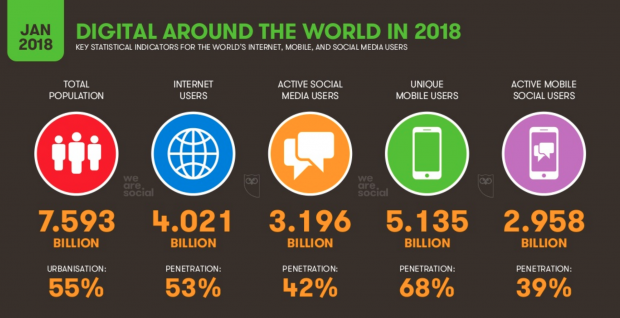
And there’s still room for growth
Seventy percent of people use social media daily in North America, but social media penetration is still at 42 percent globally.
People are spending more time on their feeds
On average, people around the world spend two hours and 15 minutes every day on social media, which is one out of every three minutes spent online.
In fact, people are spending more time on social than watching TV
Fifteen minutes more, to be precise. On average, 50 percent of people use Facebook daily, while only 39 percent watch television.
Ad revenue is up
Social media advertising revenue is forecast at $51.3 billion USD for 2018. That’s $17.24 per user. Revenue is set to grow 10.5 percent annually.
Budgets will double over the next five years
According to the latest CMO survey, social media advertising budgets are predicted to increase by 32 percent in 2018, and almost double by 2023.
People want to be entertained and informed
The top four reasons people say they use social media are:
- To stay in touch with friends (41 percent)
- To stay updated on current events (40 percent)
- To fill up spare time (39 percent)
- To find entertaining content (37 percent)
And they also want to buy stuff
5 MOST COMMON PAID SOCIAL GOALS
To help you start brainstorming your campaign objectives, let’s look at the five most-common goals for social media advertisers:
- Increase Traffic: If you need more eyes on your homepage, blog or product landing pages, traffic helps. Traffic goals boost your total unique visitors and pageviews. This goal is perfect if you’re looking to promote a new site, brand, product or sale/deal.
- Increase Visibility: Higher awareness of your brand leads to more purchases, recognition and loyal customers. Visibility goals are great for increasing reach and impressions, which is ideal for brand awareness campaigns.
- Increase Engagement: How can you tell if users actually like your posts? Measuring engagement through shares, comments, likes and retweets can help you understand what content works best. It also allows your brand get the conversation going with users.
- Increase Lead Generation: Many brands use paid social ads to help generate leads. This is ideal for brands wanting to promote gated content or other resources that can help users become more invested in your brand. This can be a multi-step campaign as you could target these invested users specifically on the next ad. It also helps bring prospects into your funnel.
- Increase Sales: Online retailers have plenty of social advertising options to help sell products and services. Brands can run tests on paid ads to see product interest or to help run deals to get more sales. This is also ideal for brands releasing new product features.
BENEFITS OF ADVERTISING ON EACH SOCIAL PLATFORM
Again, each network has its own benefits to paid advertising. But you do not need to use every platform. For starters, try choosing one or two networks that best align with your goals and objectives.
To make your process a little easier, let’s take a quick look at each major social network and see what type of content and ad play works best:
- Facebook: The plethora of Facebook ad formats make it perfect for business-to-consumer campaigns. But its ability to make scaleable audiences is also great for B2B. These formats are ideal for getting deeper into your audience and uncovering potential customers through awareness and social reach.
- LinkedIn: With a very specific demographic, LinkedIn is more ideal for business-to-business interactions. Your LinkedIn campaigns help gain visibility, generate leads, and boost traffic to your web pages through thought-leadership content.
- Instagram: Increasing web traffic sales and driving awareness is ideal for Instagram ads. Highly-visual content gets users to engage with the content and show off products in the best light for high B2C conversions.
- Twitter: Twitter’s various advertising options let brands work on getting new followers for a product launch or simply starting a new social channel. Twitter ads help grow awareness and drive clicks to your website.
- Pinterest: The ads on Pinterest are often used to generate immediate sales of your product or services. Your paid content blends with other pins, allowing your brand to work as another avenue for your web store.
- Snapchat: This B2C platform works best with for pure engagement metrics, especially for younger audiences. Its sponsored filters and lenses are built to get users to engage, have fun and promote the product. Visibility and awareness are high markers for Snapchat ads.
CONSTANTLY TEST & REFRESH EVERYTHING
For any ad campaign cycle, it’s essential to continuously refresh, alter and test your content to get the most out of it. One of the worst things an ad manager can do is let your various social ads get stale and overused.
Refreshing ads keeps your audience engaged and hopefully catches the attention of those you’re retargeting. Here are some ways to keep your ads fresh:
- Check ad copy: Always see what your words, phrases and calls to action are doing for your audience. Be confident in your copy and ensure it’s the best text that could go with your campaigns.
- Change the creative: Do you use photos or illustrations for your ad image? Have you tested both variations to see what your audience responds to the most? The simplest design changes could mean the difference.
- Update the landing page: Lastly, you should check your landing page to ensure your ads are successfully pushed through the funnel. There’s always a chance you could bottleneck your funnel with an insufficient landing page from your ads.
FINAL THOUGHTS
The last step in your social media advertising strategy is to hone in on what you do best. Learn your own best practices and always test to make future campaigns easier. Many advertisers work with design, content, development and social media teams to launch ads.
As you learn your own best practices through constant testing, you’ll work faster with your teams and be more confident going into the next campaign. We’ll say it a million times, but everyone’s strategy will be different. It’s up to you how well and thorough you plan your campaigns to see true success.
About Blair

Blair Evan Ball is a Social Media Coach and founder of Prepare1, a company that works with businesses, individuals and non-profits. He is a former executive with a Fortune 50 company, and his national division did $1Billion+ in sales annually.
Blair has written three e-books: Facebook for Business Made Easy, Facebook Pages for Business Made Easy, and WordPress Blog Setup Made Easy.
Blair also educates, trains entrepreneurs and business professionals how to amplify their brand, increase revenues, and raise more funds.
![[Study] How Will Businesses Change Their Social Media Activities 5 Golden Rules for Sharing on Social Media](https://www.prepare1.com/wp-content/uploads/2014/03/COACH-logohat-162x300.jpg) The Race is ON! | PREPARE | Get into the Game and WIN!
The Race is ON! | PREPARE | Get into the Game and WIN!
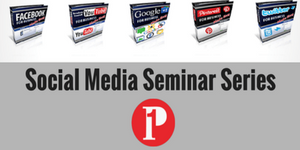
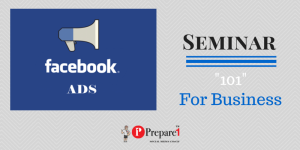
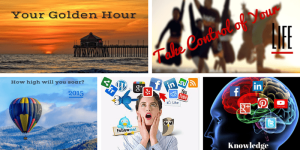
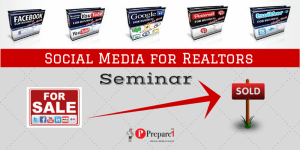
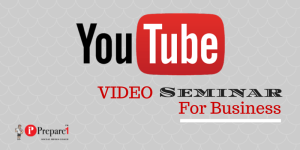
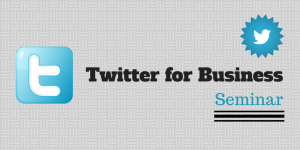
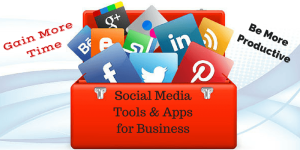
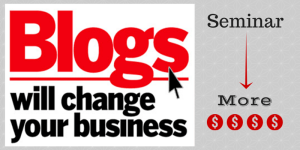
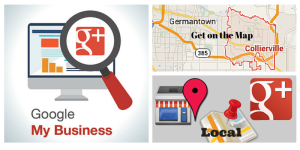

Comments on this entry are closed.
{ 9 trackbacks }